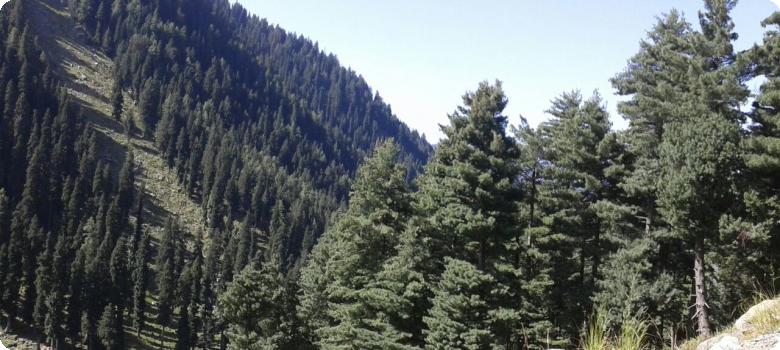Nestled amidst the towering peaks of the Himalayas, the picturesque valley of Kashmir is renowned for its breath-taking landscapes and captivating flora.Often referred to as “Paradise on Earth,” this region boasts an extraordinary array of plant species, each playing a vital role in sustaining the delicate ecosystem and cultural heritage of the area.
In this article, we embark, on a journey through the diverse flora of Kashmir, exploring the fascinating botanical wonder that have long captured the hearts of travelers and locals alike.No exploration of Kashmir’s flora can begin without mentioning the iconic Chinar tree.Its grandeur and unique five-lobed leaves have made it an emblem of Kashmir’s pride. During autumn, the Chinar leaves change to hues of red, orange and gold, turning the valley into a surreal painting. The Chinar has deep cultural significance and has found its place in the poetry, folklore and traditional arts of the region.
Kashmir’s meadows are a breath-taking sight, painted with a myriad of wildflowers.The blooming season brings froth a dazzling display of colors, as countless species, such as blue poppies, daisies and iris, create a vibrant mosaic. These meadows not only enhance the visual appeal of the valley but also contribute to the region’s ecological balance by providing essential habitats for numerous animal species.
High up in the Himalayan slopes, the Saussurea species stand as a testament to nature’s resilience. Often referred to as “Brahmkamal”, these majestic flowers can withstand harsh climatic conditions, including freezing temperatures and strong winds. The local communities consider Saussurea sacred and associate it with various legends and religious beliefs. Kashmir’s flora not only delights the senses but also offers a treasure trove of medicinal properties. Various pants, such as Artemisia, Lavandula and Valeriana, are used in traditional medicine to treat ailments and promote well-being.The Champa, known for its enchanting fragrance, holds a special place in Kashmir’s flora. Its aromatic flowers are used in perfumes, incense, and traditional ceremonies. The heady scent of Champa wafts through the air, creating an ethereal atmosphere and leaving visitors with an unforgettable sensory experience.
Kashmir’s horticulture is famous for its bountiful apple orchards, which have flourished for centuries. The introduction of apples to the region is attributed to Sir Walter Lawrence, who planted the first apple trees in the late 1800s. Since then, apple cultivation has become an integral part of Kashmir’s economy and cultural heritage, with the pink and white apple blossoms painting the landscape in spring. As with many natural wonders, the flora of Kashmir faces its hare of challenges. Climate change, deforestation and human encroachment pose threats to the delicate ecosystem of the region. Rapid urbanization and developmental projects can disrupt the natural habitat and endanger some plant species.
However, there is hope on the horizon, local authorities and environmental organizations are working together to protect and preserve the rich flora of Kashmir. Efforts are being made to promote sustainable tourism, raise awareness about the importance of conservation, and implement measures to safeguard the unique biodiversity of the valley.
Kashmir’s flora is an exquisite display of nature’s beauty and resilience. Throughout the seasons, the valley transforms, presenting a different facet of its floral symphony. From the colorful tulip fields of winter, each season adds to the allure of this paradise on earth. As we marvel at the breath-taking beauty of Kashmir’s flora, let us also be mindful of our responsibility to protect and preserve this precious gift of nature. By joining hands in conservation efforts, we can ensure that future generations continue to revel in the enchanting symphony of colors that define the flora of Kashmir.


